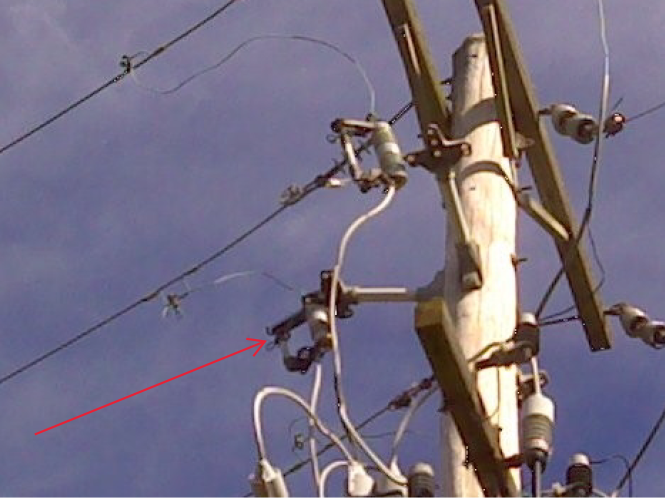
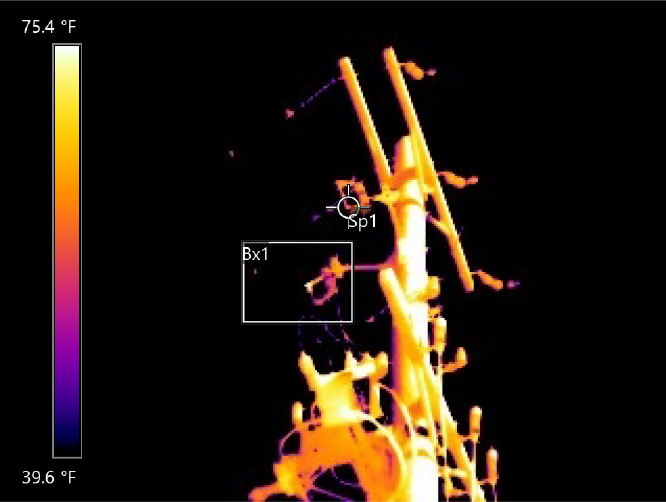
In the realm of facility management, ensuring the safety and efficiency of large machinery and electrical systems is paramount. The cost of electrical failures, both in terms of downtime and repairs, can be astronomical. This is where the proactive strategy of regular infrared imaging scans comes into play. As an experienced electrician specializing in electrical image scanning, I am here to guide you through the importance of this preventive measure and how it can help facility owners like you save both time and money.
Understanding Electrical Failures
Types of Electrical Failures
Electrical systems, especially in facilities with large machinery, are susceptible to a range of issues. These include overheating, loose connections, and corrosion. Over time, these problems can escalate, leading to catastrophic failures that result in significant downtime and costly repairs.
The High Costs and Risks Associated with Failures

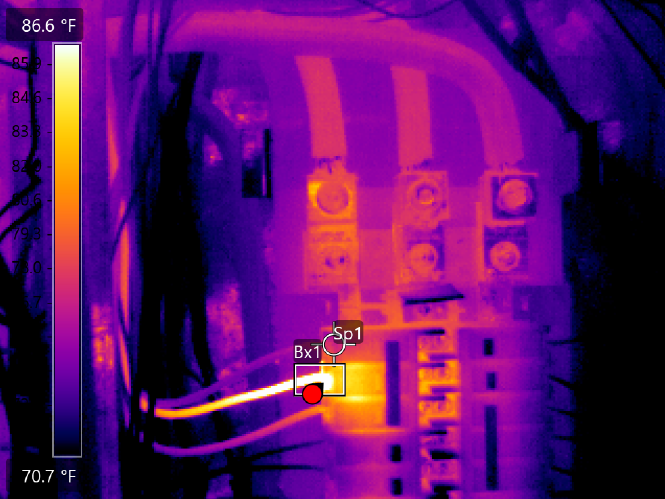
The repercussions of electrical failures extend far beyond the immediate financial burden. They can also jeopardize the safety of your facility and personnel. Fire hazards, damaged equipment, and potential harm to employees underscore the importance of proactive maintenance.
The Need for Proactive Maintenance
Prevention is undoubtedly better than a cure in the realm of electrical systems. Reactive approaches, such as fixing problems only when they become evident, are not only more expensive but also riskier. This is where regular infrared imaging scans prove their worth.
What Is Infrared Imaging Scanning?
How Infrared Imaging Scans Work
Infrared imaging scans, also known as thermography, are a non-invasive, non-destructive method for assessing the condition of electrical systems. They work by capturing thermal images that highlight temperature variations in equipment, revealing potential issues before they escalate.
Why They Are Effective for Electrical Systems
Electrical problems often manifest as temperature anomalies. By detecting these irregularities early, infrared imaging scans can pinpoint areas of concern, allowing you to take preventive action.
Non-Invasive Nature of Scans
Unlike traditional inspection methods that may require shutting down systems, infrared imaging scans are non-invasive. This means you can identify problems without disrupting operations, a crucial advantage for facilities with continuous production.
The Benefits of Regular Infrared Imaging Scans
Early Detection of Issues
One of the most significant advantages of infrared imaging scans is their ability to detect problems at an early stage. This early detection empowers you to address issues before they become critical, saving both time and money.
Preventing Catastrophic Failures
By identifying potential failures before they happen, you can prevent catastrophic events that could lead to extended downtime, costly repairs, and even safety hazards.
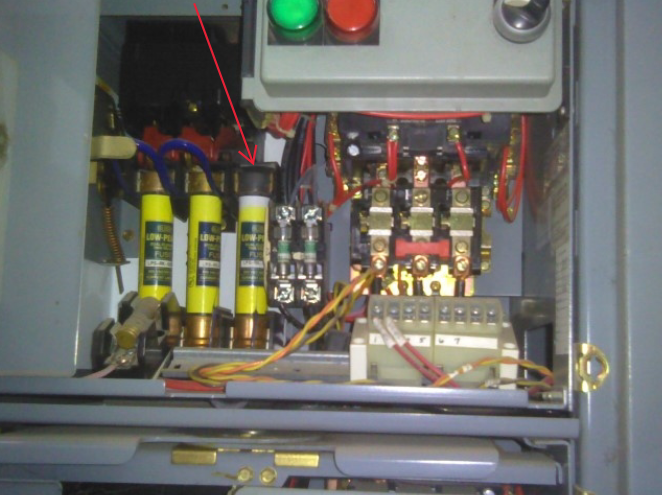
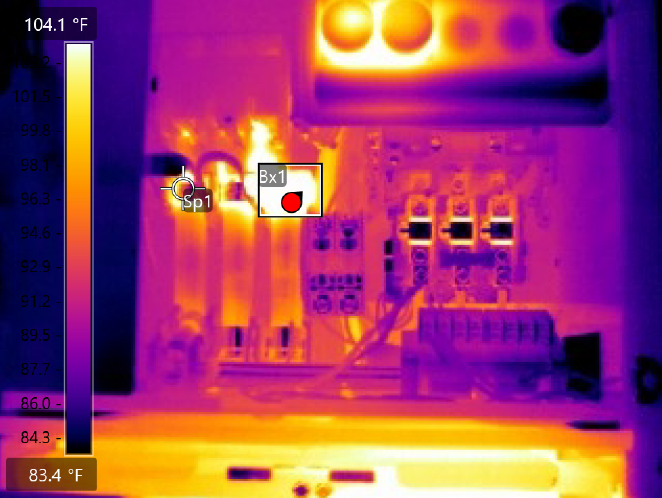
Extending the Lifespan of Equipment
Regular scans can help extend the lifespan of your machinery and electrical components. By addressing issues promptly, you reduce wear and tear, enhancing the longevity of your assets.
Cost Savings Over Time
While it’s true that investing in regular infrared imaging scans incurs an initial cost, this is far outweighed by the long-term savings. Preventing failures and reducing downtime can lead to substantial financial benefits.
The Process of Conducting an Infrared Imaging Scan
Hiring a Qualified Thermographer
To ensure accurate and reliable results, it’s essential to hire a qualified thermographer. These professionals are trained to conduct scans and interpret the data effectively.
Preparation and Safety Measures
Before the scan, your facility and equipment need to be properly prepared. Safety measures should be in place to protect personnel during the process.
Data Collection and Analysis
The thermographer will collect data by capturing thermal images of your electrical systems. It is important to note that a direct line of sight to wire connections is required. This data is then analyzed to identify temperature anomalies and potential issues.
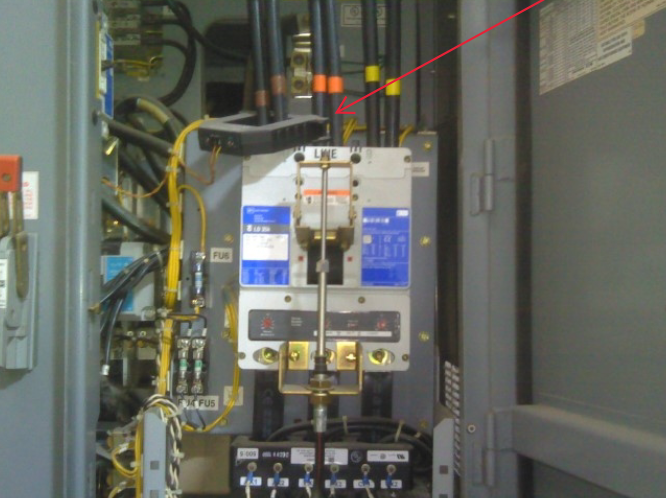
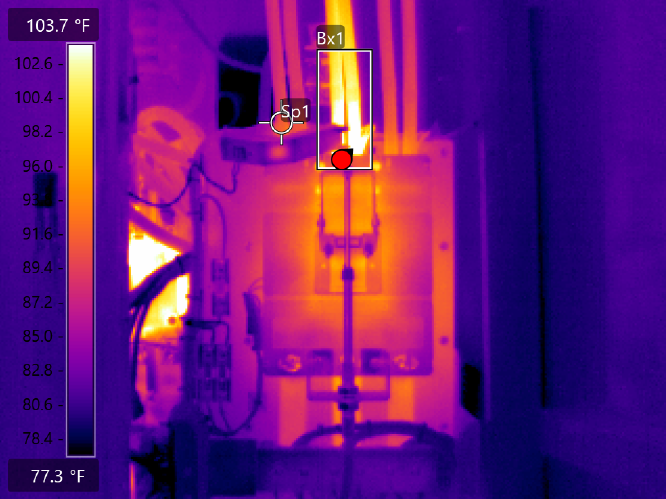
Reporting and Recommendations
After the scan, you’ll receive a detailed report outlining any identified problems and recommendations for corrective actions. This report is invaluable for planning maintenance and repairs.
Cost Comparisons: Maintenance vs. Repairs
Weighing the costs of regular scans against the expenses associated with major repairs paints a clear picture of the financial benefits of preventive maintenance.
Safety Improvements and Risk Reduction
Beyond financial savings, the safety enhancements resulting from early issue detection are immeasurable. Protecting your employees and facility from harm is an ethical obligation and a legal requirement.
DIY vs. Professional Scans: What’s Best for You?
Pros and Cons of DIY Scans
While some may consider performing infrared scans in-house, there are notable drawbacks, including the need for specialized equipment and training. Weigh these factors against the benefits before deciding.
Why Professional Scans Are Recommended
Professional thermographers bring expertise and experience to the table. Their ability to conduct thorough scans and provide accurate recommendations is unmatched.
Choosing the Right Thermography Service
When selecting a thermography service provider, consider their qualifications, experience, and reputation. A well-established provider is more likely to deliver reliable results.
Scheduling Regular Infrared Imaging Scans
Frequency of Scans
Determining the optimal frequency for infrared imaging scans depends on factors such as equipment age, usage, and industry standards. Consult with your thermographer to establish a suitable schedule.
Integration into Maintenance Plans
Infrared imaging scans should complement your existing maintenance plans. By incorporating them into your routine, you ensure ongoing protection and cost savings.
Cost Considerations and ROI
While there is an initial cost associated with regular scans, it’s crucial to consider the return on investment (ROI). The prevention of a single major failure can justify the expense.
In conclusion, regular infrared imaging scans are a powerful tool for facility owners housing large machinery. They offer the ability to detect and address electrical issues before they become costly and potentially dangerous failures. By investing in proactive maintenance, you not only safeguard your facility and personnel but also enjoy significant long-term cost savings. Don’t wait until disaster strikes; take action today to ensure the reliability and safety of your electrical systems.
